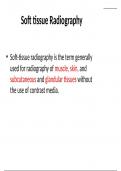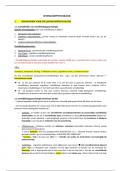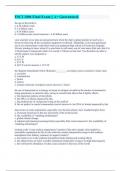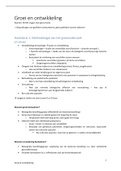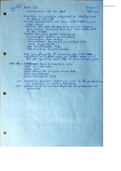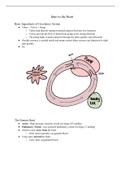Presentation
RADIOGRAPHY IMAGING IN SOFT TISSUE
- Module
- Soft tissue radiography
- Institution
- University College London (UCL)
Whether you're a radiography student, a healthcare professional, or simply interested in medical imaging, this content will provide you with a comprehensive understanding of soft tissue radiography and its role in modern healthcare
[Show more]
